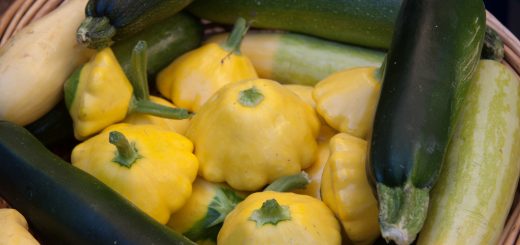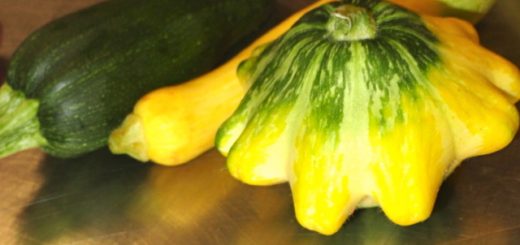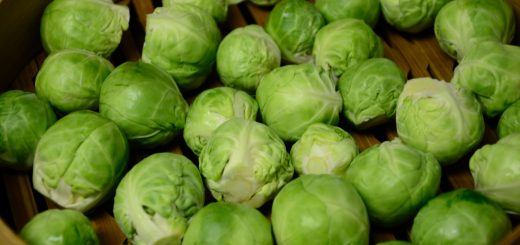Cauliflower

Cauliflower is a highly modified form of cabbage in the mustard family (Brassicaceae), grown for its edible masses of partially developed flower structures and fleshy stalks. alongside its well-known counterparts of broccoli, Brussels sprouts, kale, and radishes.
The word “cauliflower” stems from Latin, meaning “flowers of cabbage” and this low-growing plant does look similar to cabbage until the large leaves begin to open up, revealing the globe-shaped, cream-colored head that’s about six to eight inches in diameter. The head is made up of bumpy florets attached to the main stem. While the florets are the part of the cauliflower most often eaten, the leaves and stems are edible too.
Cauliflower is high in vitamins C and K – in fact, 1 cup of cauliflower contains about 75% of your recommended daily intake of vitamin C. Commercially, white cauliflower is the most common, though orange, purple, green, and brown cultivars also exist.
Raw cauliflower is often combined with creamy dips and is a popular addition to a raw vegetable or crudités platter. Cauliflower can be roasted, steamed, sautéed, or fried. You can also mash cauliflower to serve as a side dish alternative to potatoes. This form is often used as an ingredient as well, transforming potato or flour-based recipes into a low-carb and gluten-free dish.
Keep cauliflower loosely wrapped in plastic in the refrigerator. Fresh from the market heads will last up to 2 weeks. You can cut cauliflower into florets and stored them, sealed, in a plastic bag in the fridge. They will last up to a week in a well-regulated refrigerator. For longer storage, the florets are best blanched then frozen; it will keep well for up to one year.


